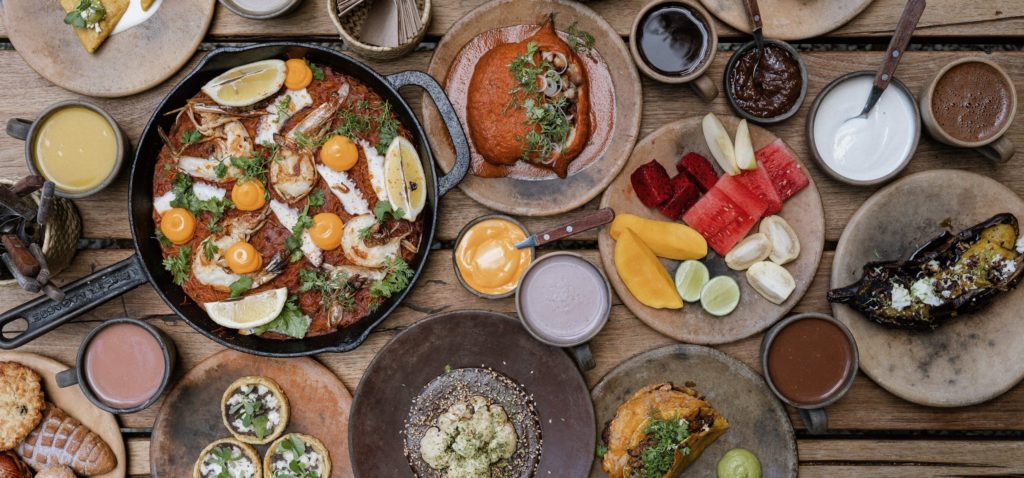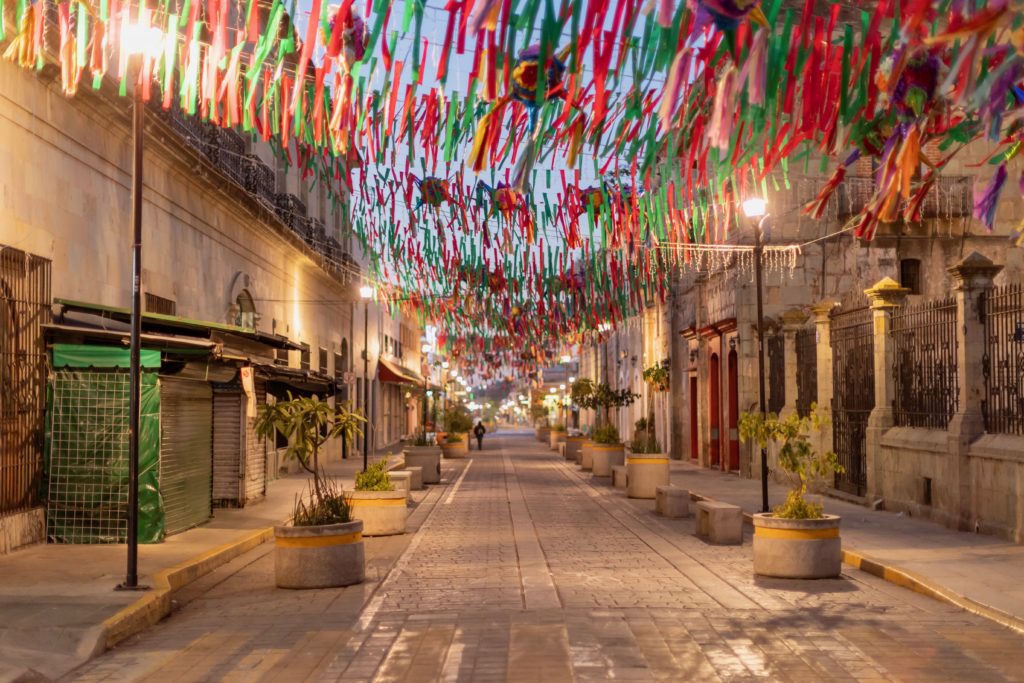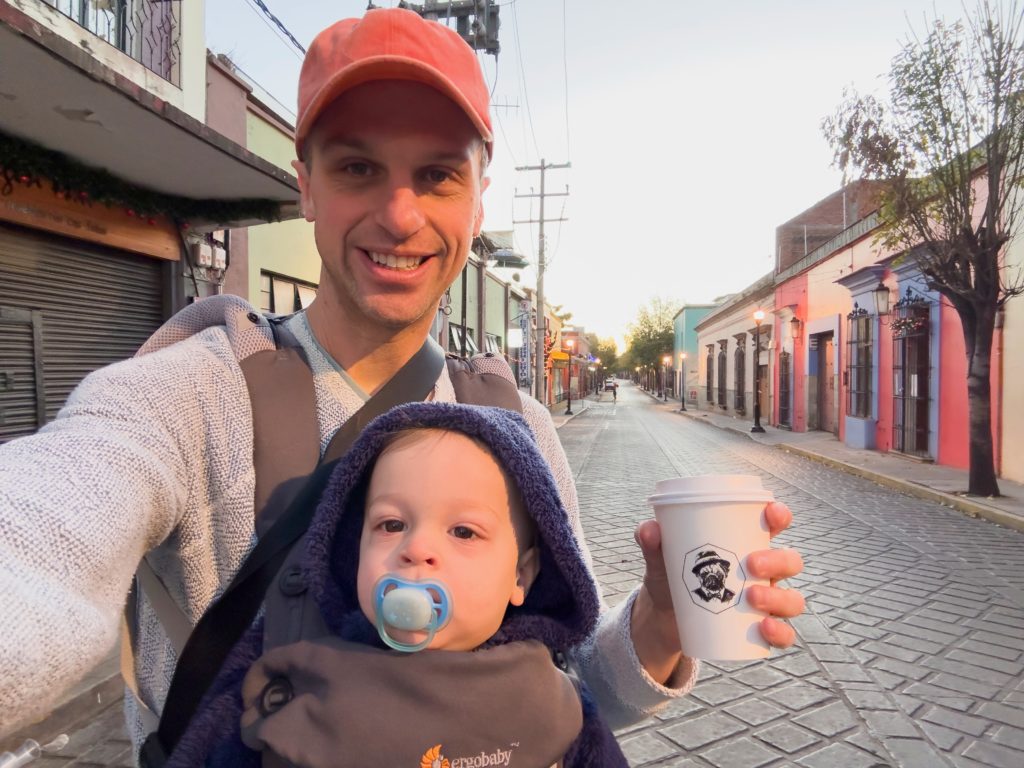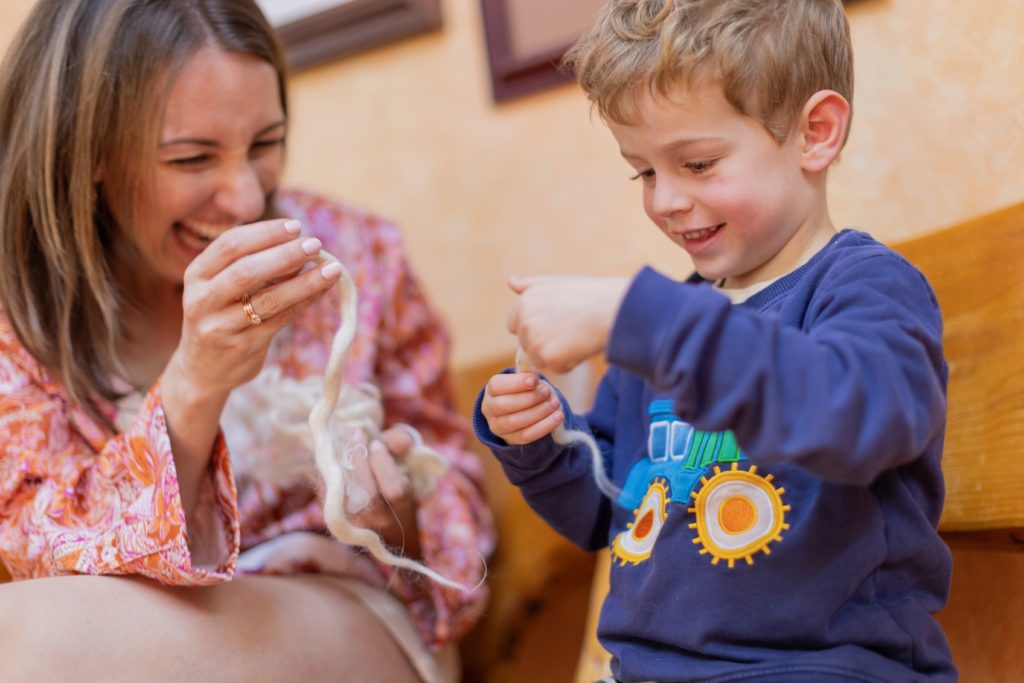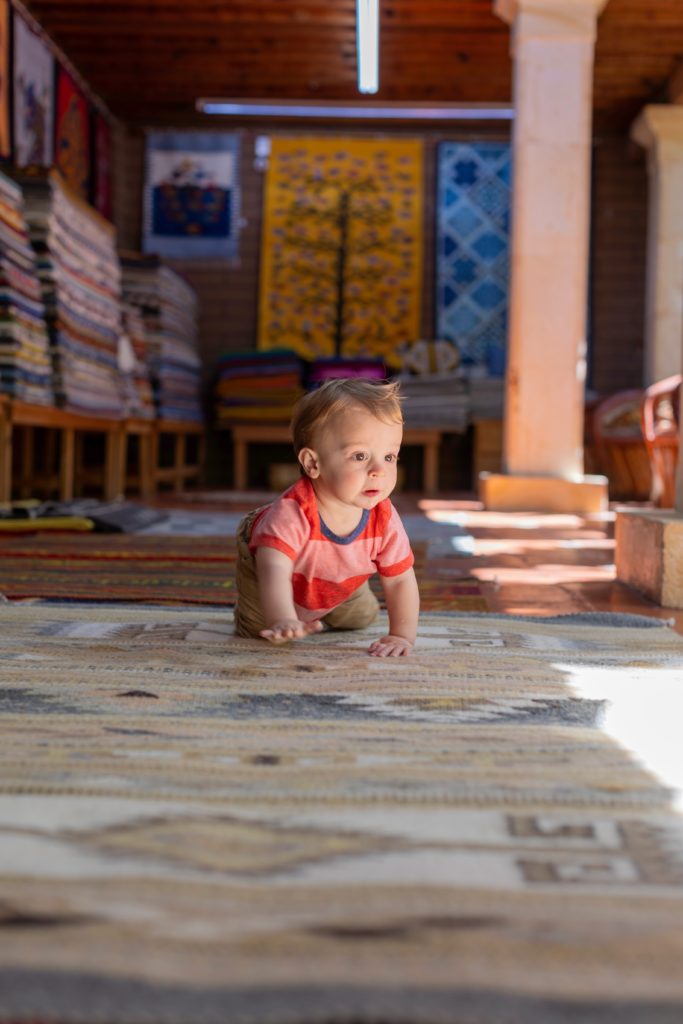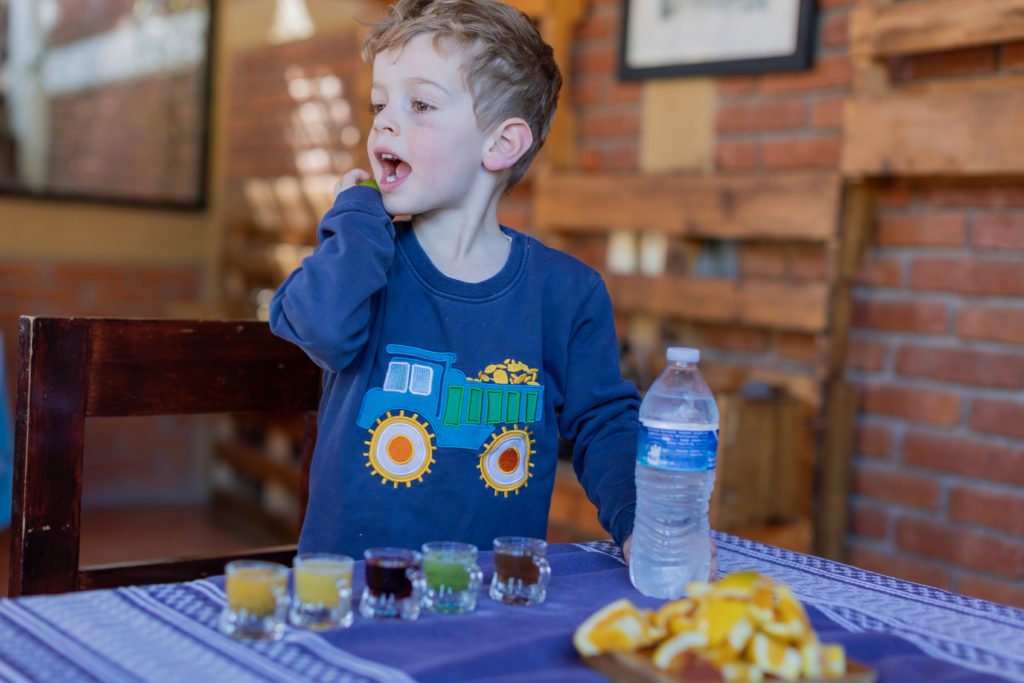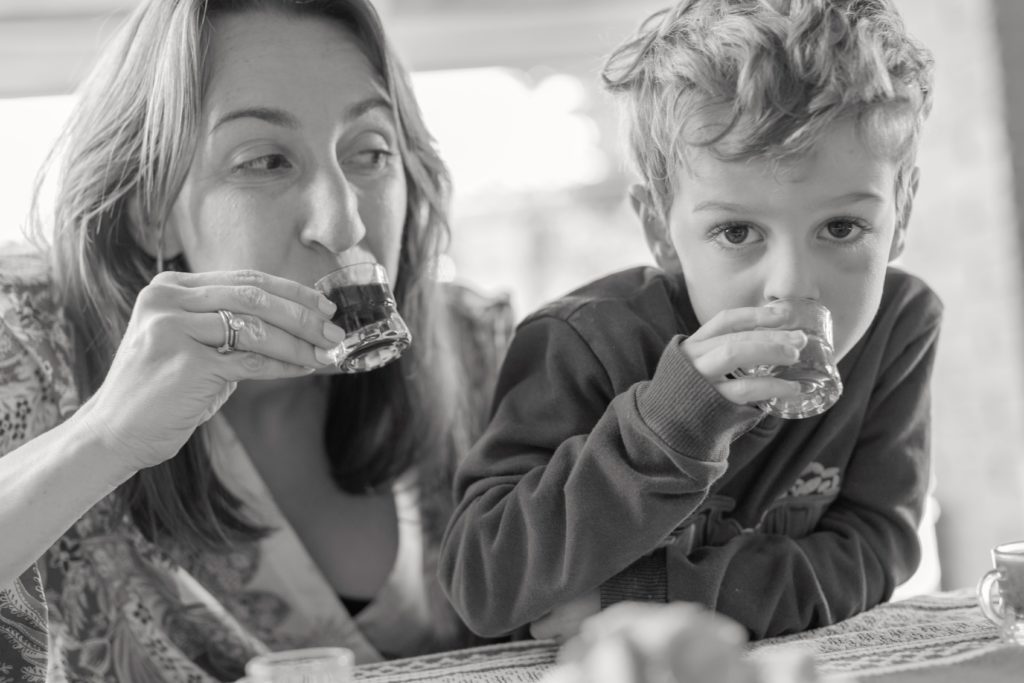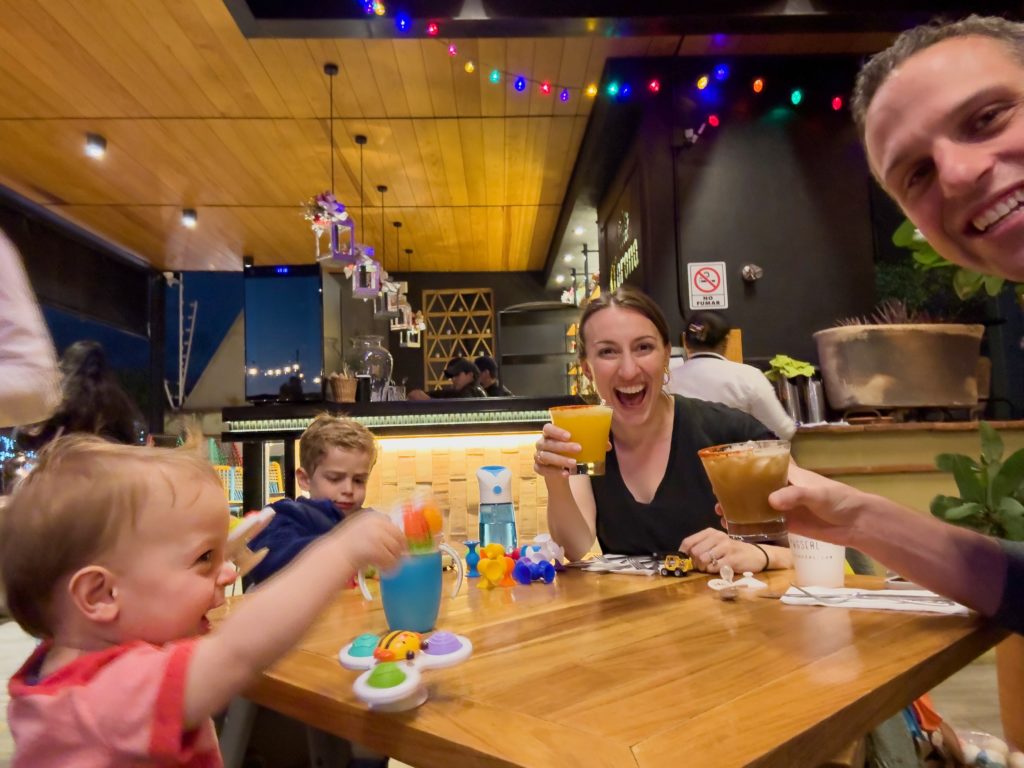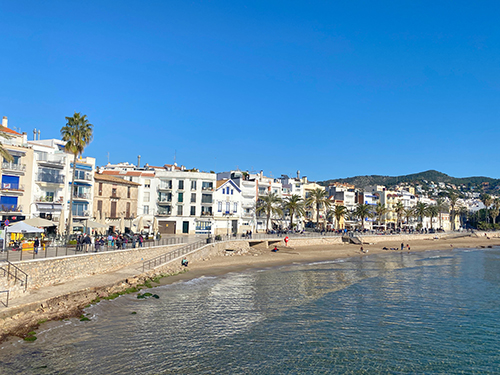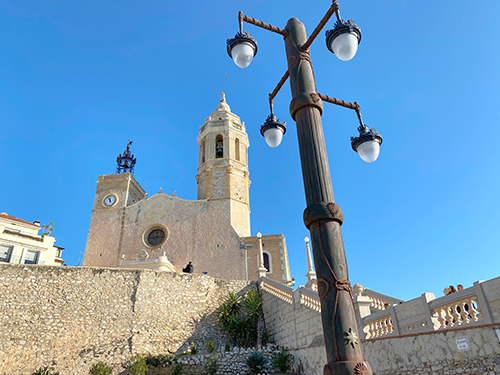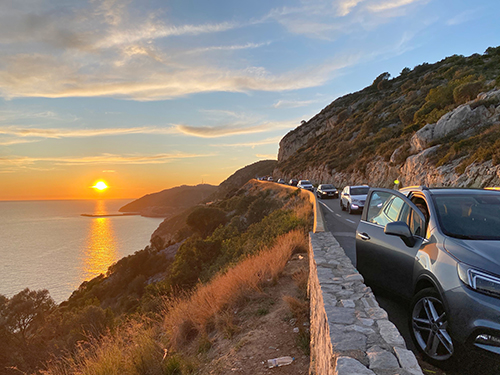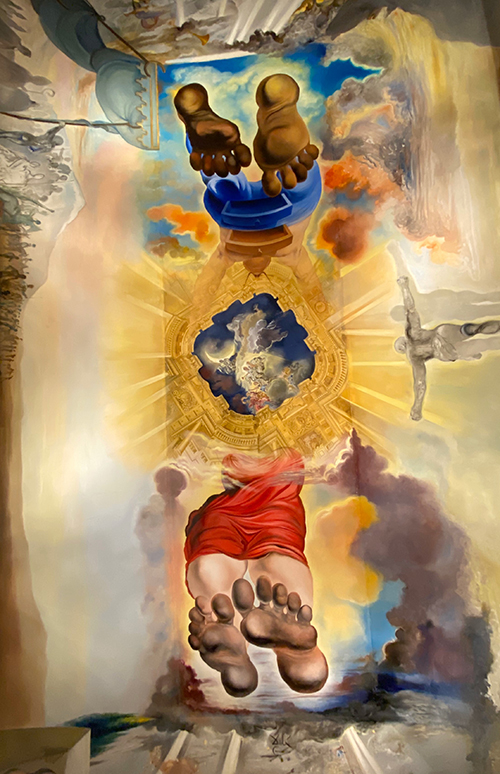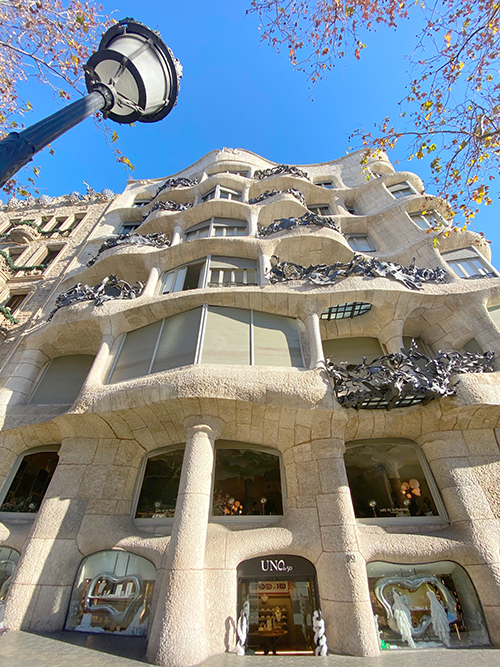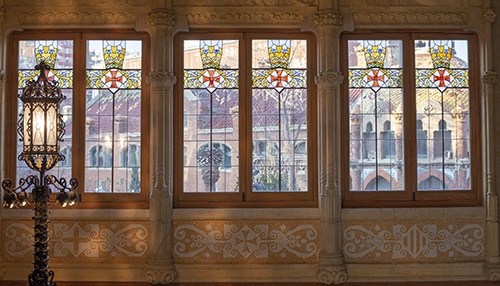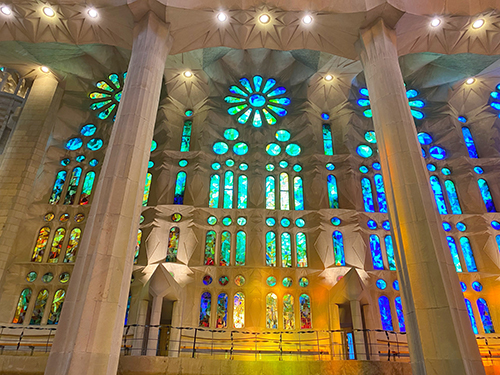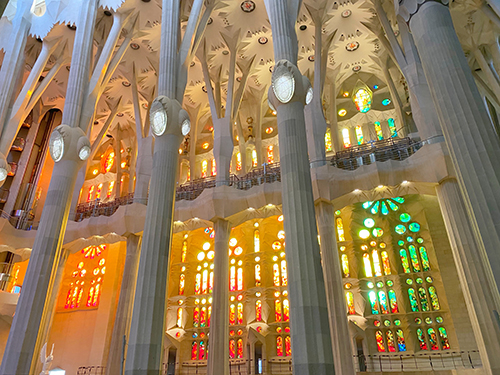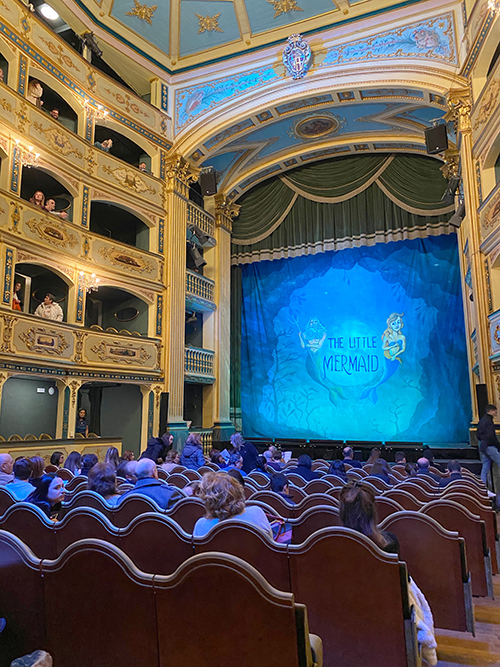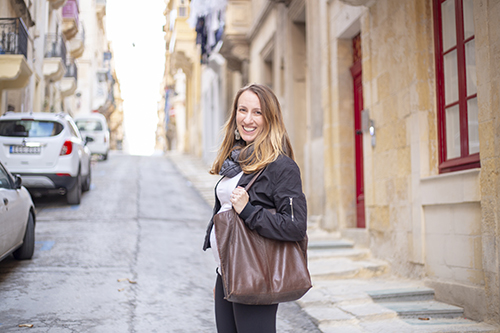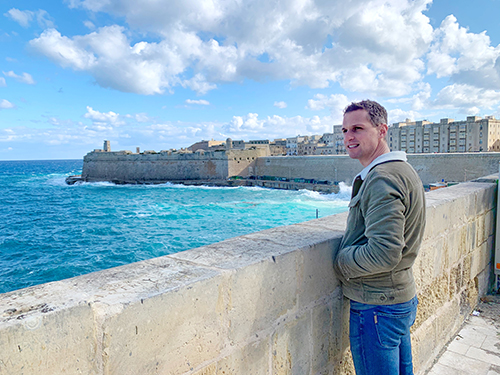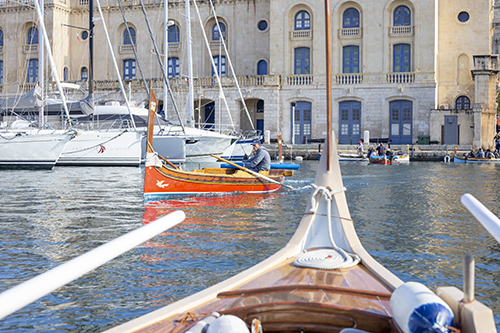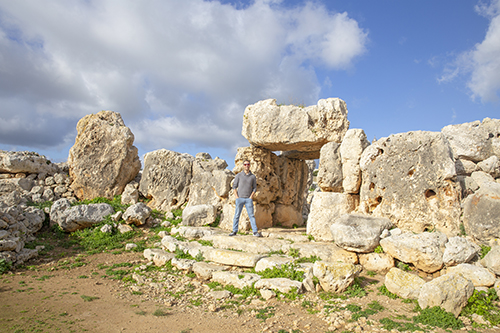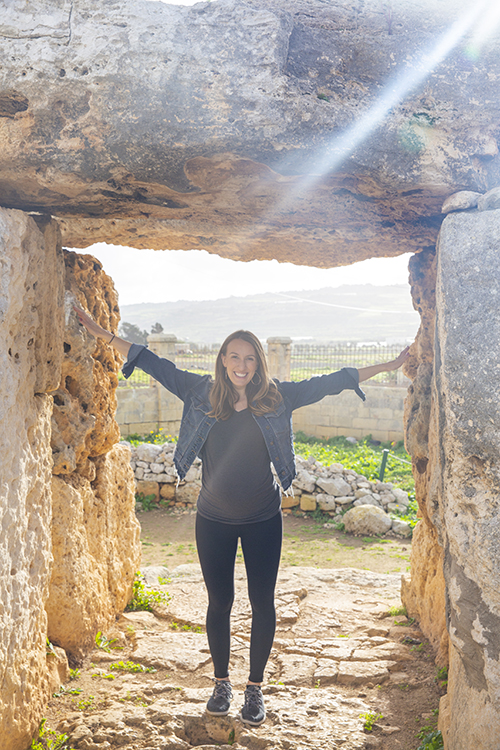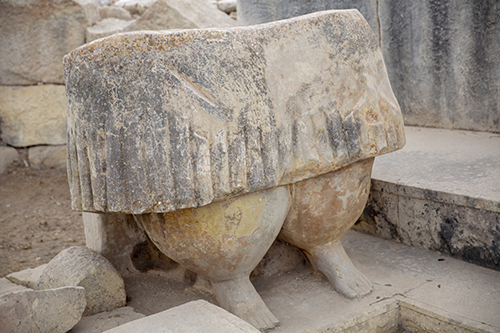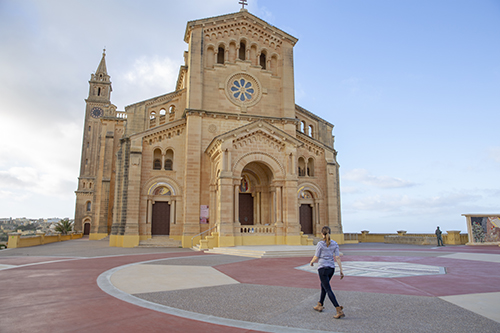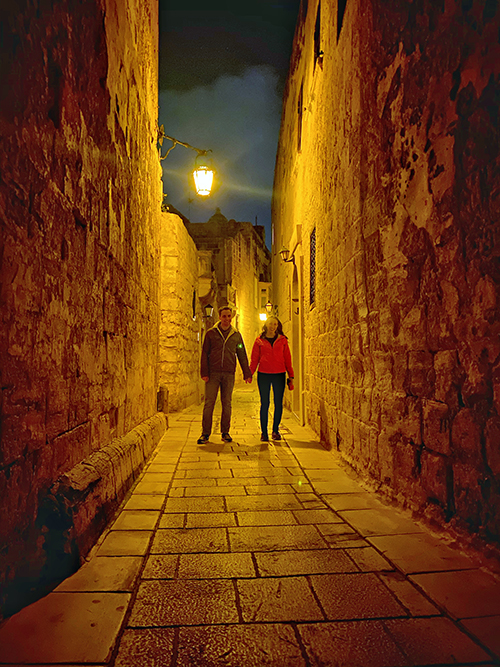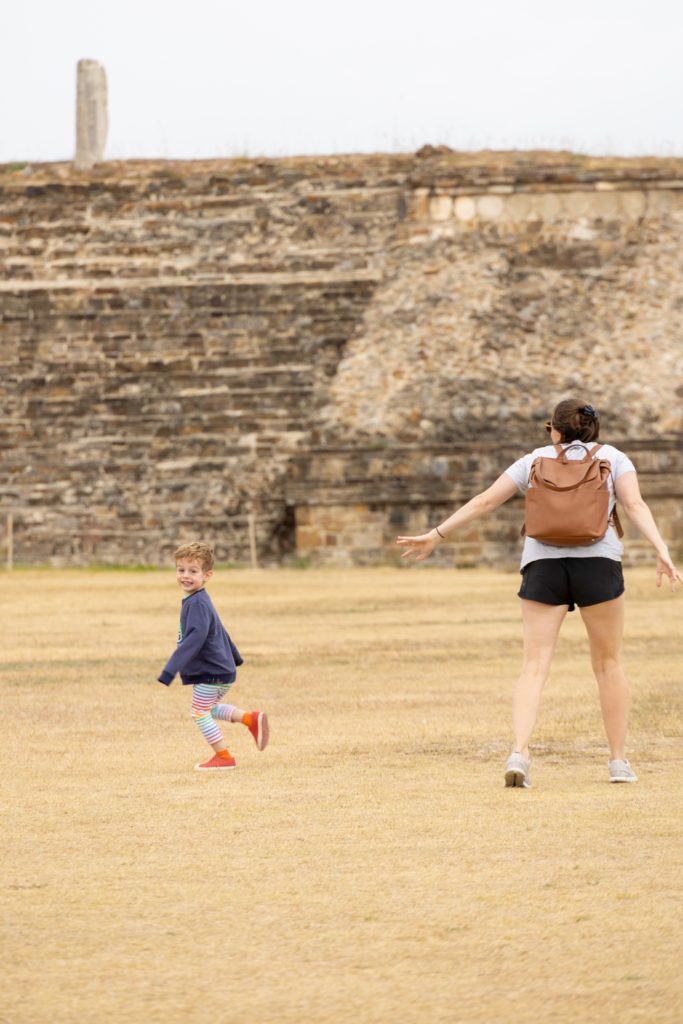
On the 27th, we met Coco again to tour Monte Alban, an ancient Zapotec capital and designated UNESCO World Heritage archeological site. It was fun to explain to Emerson that a long, long time ago there weren’t cars or phones. The houses didn’t have gas stoves and there weren’t drawers full of tupperware. He engaged as we imagined how they’d have to cook their food (using a fire), or how they’d bring home berries to their babies (in pottery). I imagined that we’d enter Monte Alban and continue the conversation about how people must have lived then, but instead, the wide open spaces called for a game of monster, with Shiloh laughing and laughing as we ran toward E. When we grew tired, it was time for a game of pretend kitchen, with flat rocks that were ovens and sticks that were onions and stones that were knives. E bravely walked up the tallest steps of this city in the sky that once housed up to 25,000 people. His bravery wavered when it was time to head down, with E yelling, “Momma come get me” before Andrew swooped him up and carried him down. Coco had told us we were the youngest group he’d ever toured in twenty years of working as a guide, but you wouldn’t have known it as he pushed two strollers through the ruins.
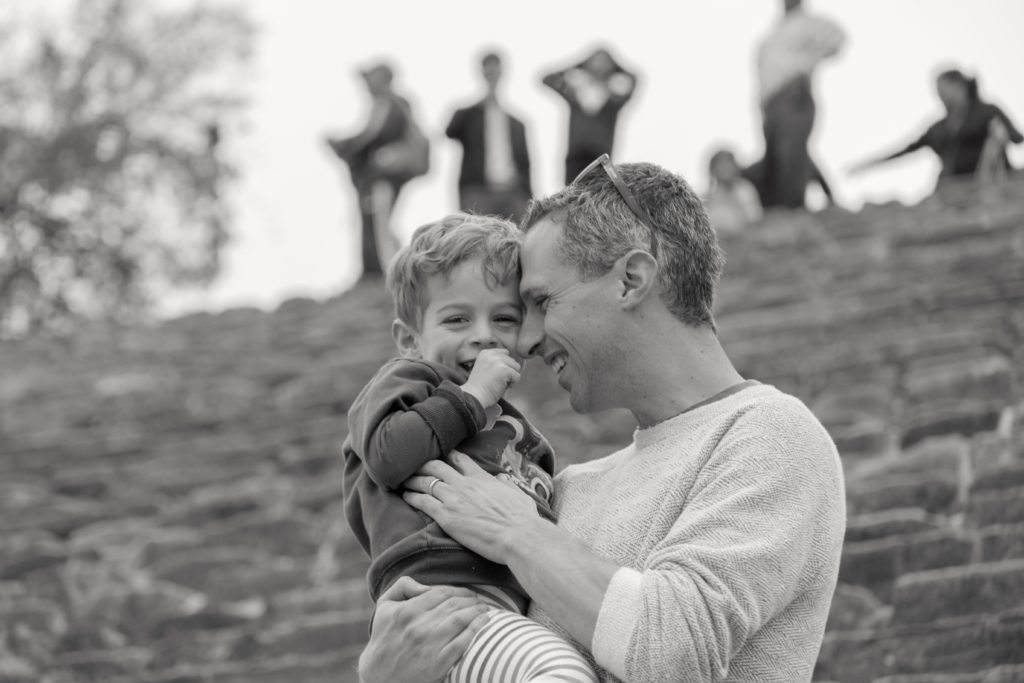
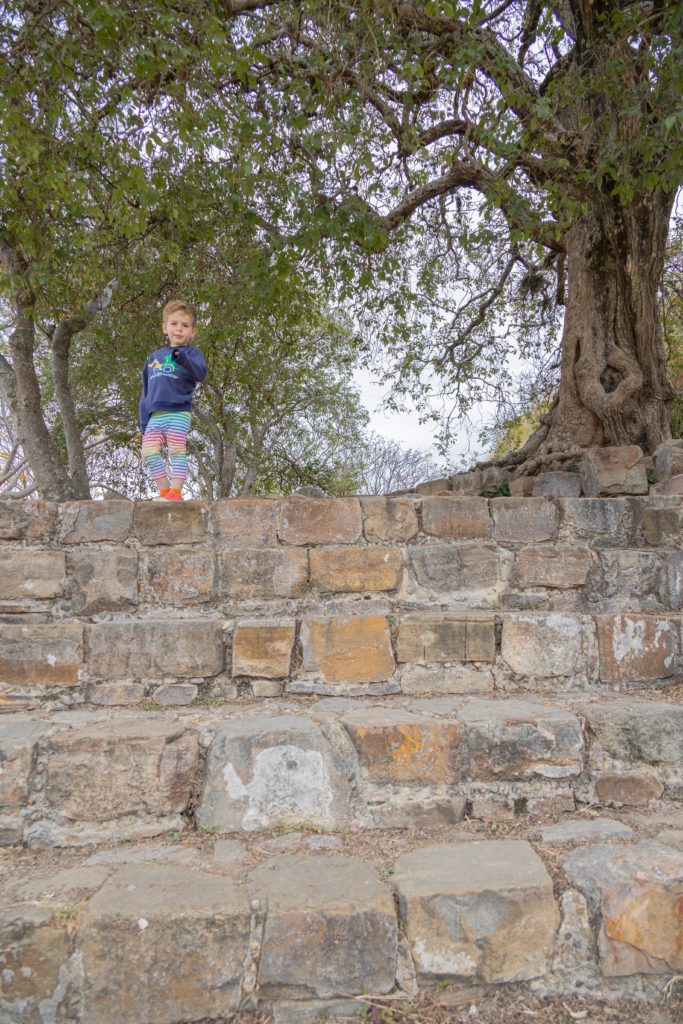
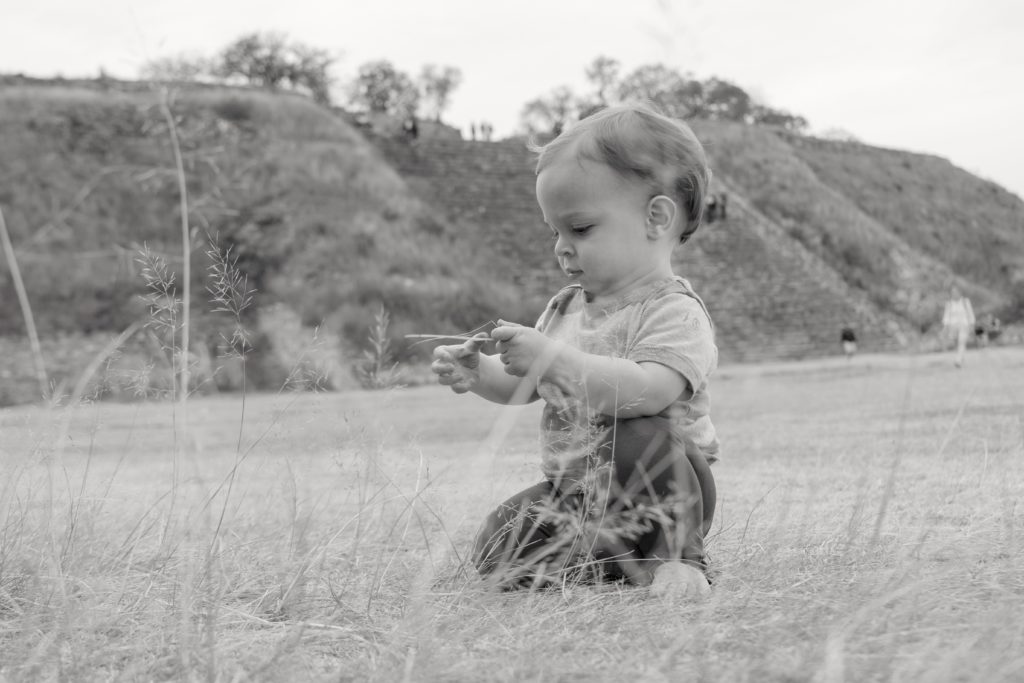

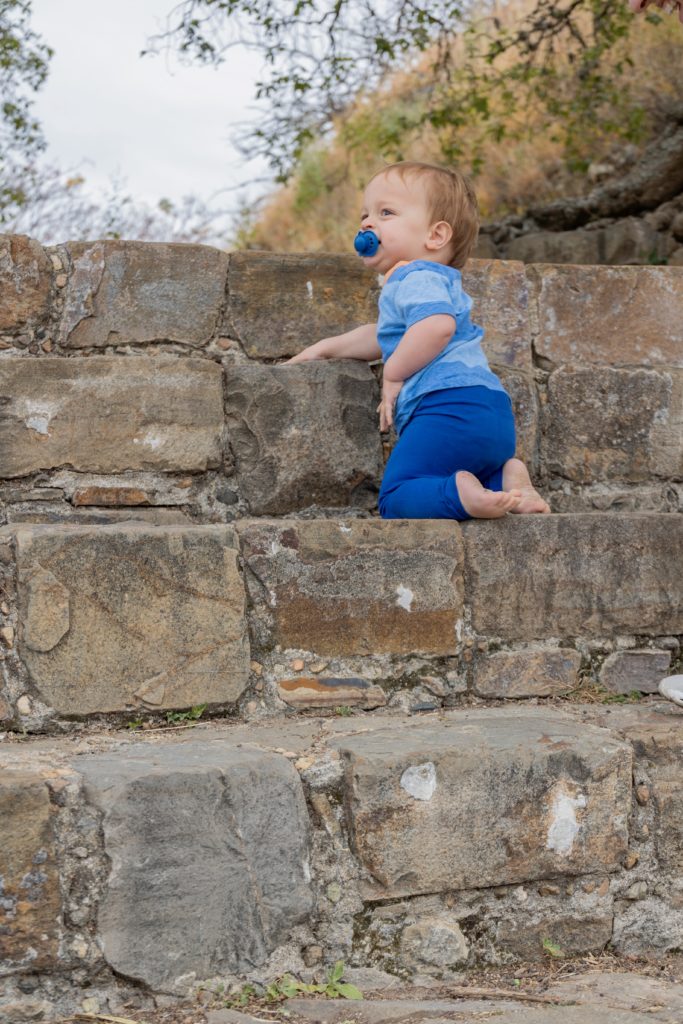
Both boys fell fast asleep on the car ride back to town. Rather than visit another market, we asked Coco and our driver, Gonzalo, to bring us to their favorite lunch spot (that also offered pasta). It did not disappoint. The food here is incredible.

Knowing a big dinner lay ahead, Emerson and I spent the afternoon in the pool before heading to Criollo. Named one of the top restaurants in the world, Criollo is located in a UNESCO heritage house. The courtyard, complete with two wandering chickens and a rooster, singers, and an open kitchen featuring freshly prepared tortillas set the stage for the evening. While Emerson and I played with his dessert truck in between bites, Shiloh and Andrew had the most glorious dinner of their lives. For over two hours, Shiloh stayed seated, eating both his and Emerson’s meals (pork tacos and quesadilla) and requesting at least a bite of each of the seven courses that were brought to Andrew and me. He was hysterical. Was it a risk bringing a one and three-year-old? For sure. But if we hadn’t done it, we would have missed this joy (and an unbelievable meal).

